Home>Furniture & Design>Living Room Furniture>How To Make A Live Edge Dining Table
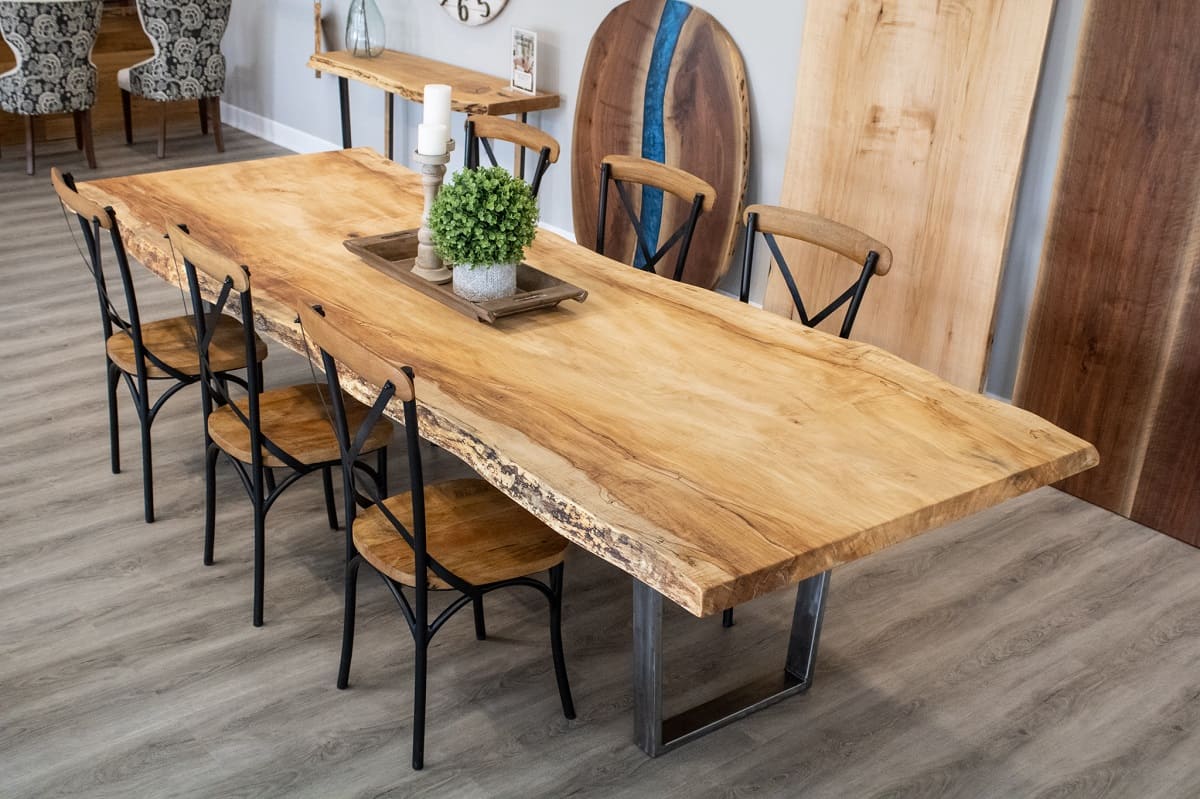

Living Room Furniture
How To Make A Live Edge Dining Table
Modified: February 24, 2024
Discover how to create a stunning live edge dining table for your living room with our expert furniture and design tips. Transform your space today!
(Many of the links in this article redirect to a specific reviewed product. Your purchase of these products through affiliate links helps to generate commission for Storables.com, at no extra cost. Learn more)
Introduction
Welcome to the world of live edge dining tables! If you're passionate about furniture and design, you're in for a treat. Crafting a live edge dining table is a captivating journey that combines woodworking expertise with artistic vision. The allure of these tables lies in their organic, rustic charm. Each piece celebrates the natural beauty of wood, showcasing the unique grain patterns and the raw, unrefined edges that tell a story of the tree's life.
Creating a live edge dining table is a gratifying endeavor that allows you to bring the untamed beauty of nature into your living space. Whether you're a seasoned woodworker or an aspiring DIY enthusiast, this guide will walk you through the intricate yet rewarding process of crafting your very own live edge dining table. From selecting the perfect wood slab to adding the finishing touches, every step is an opportunity to infuse your personality and craftsmanship into the final masterpiece.
Throughout this article, we'll delve into the nitty-gritty details of sourcing the right wood, preparing and joining the slabs, sanding and finishing techniques, attaching the legs, and the essential maintenance tips to ensure that your live edge dining table remains a stunning focal point in your home for years to come.
So, roll up your sleeves, unleash your creativity, and let's embark on this woodworking adventure together!
Key Takeaways:
- Embrace the natural imperfections and unique grain patterns of wood to create a captivating live edge dining table that celebrates the beauty of nature in your home.
- From selecting the perfect wood slab to adding the finishing touches, crafting a live edge dining table allows you to infuse your creativity and passion into a functional work of art.
Read more: How To Craft A Live Edge Dining Table
Selecting the Right Wood
Choosing the perfect wood for your live edge dining table is a crucial first step that sets the tone for the entire project. The type of wood you select not only influences the table’s appearance but also its durability and character. Here are essential factors to consider when selecting the ideal wood:
- Species Selection: Different wood species offer distinct grain patterns, colors, and hardness. Common choices include walnut, oak, maple, cherry, and exotic woods like teak and mahogany. Consider the aesthetic appeal and the wood’s resilience to ensure it complements your living space while withstanding daily use.
- Size and Shape: The dimensions and shape of the wood slab will determine the table’s final form. Consider the available space in your dining area and the desired seating capacity when selecting the slab. Additionally, the natural edges of the slab should align with your envisioned design.
- Character and Imperfections: Embrace the natural imperfections and knots in the wood, as they add a touch of authenticity and charm to the table. These unique features contribute to the table’s organic allure, making each piece one-of-a-kind.
- Moisture Content: Opt for well-seasoned wood with an ideal moisture content to prevent warping or cracking over time. Properly dried wood ensures the long-term stability of your dining table, especially in varying humidity conditions.
When sourcing the wood, consider visiting local sawmills, lumberyards, or specialized wood suppliers to handpick the perfect slab that resonates with your vision. Engage with the suppliers to gain insights into the wood’s origin, sustainability, and any unique characteristics that make it a standout choice for your live edge dining table.
By thoughtfully selecting the right wood, you lay the foundation for a captivating and enduring centerpiece that embodies the beauty of nature within your home.
Preparing the Slab
Once you’ve acquired the perfect wood slab for your live edge dining table, it’s time to prepare it for the transformation ahead. This crucial phase involves meticulous planning and execution to ensure that the slab is ready for the subsequent woodworking processes. Here’s a comprehensive guide to preparing the slab:
- Inspecting and Cleaning: Begin by carefully inspecting the entire surface of the wood slab. Remove any debris, dirt, or loose bark using a stiff-bristled brush. This step allows you to assess the natural contours and identify any areas that require special attention during the preparation phase.
- Stabilizing Cracks and Voids: If the slab contains cracks or voids, consider stabilizing them with clear epoxy resin. This not only reinforces the structural integrity of the wood but also adds a visually captivating element to the table’s design. The resin can be tinted or infused with decorative elements like metallic powders for a personalized touch.
- Applying Wood Stabilizer: To minimize the risk of warping and ensure the slab’s long-term stability, apply a wood stabilizer to all exposed surfaces. This process helps prevent moisture-related distortions and strengthens the wood fibers, preparing it for the subsequent milling and finishing stages.
- Trimming and Initial Shaping: Using a chainsaw or a specialized slab flattening mill, trim the edges of the slab to achieve a rough outline of the desired table shape. This initial shaping phase sets the foundation for the subsequent milling processes, allowing you to work with a more manageable and uniform surface.
- Securing the Slab: Prior to milling, securely fasten the slab to a stable work surface using clamps or sturdy fixtures. This ensures the slab remains stationary and level during the milling and flattening procedures, facilitating precise and consistent results.
By meticulously preparing the wood slab, you pave the way for the transformative stages that will bring your envisioned live edge dining table to life. This preparatory phase sets the stage for the subsequent woodworking processes, allowing you to unleash the full potential of the natural wood slab.
Joining the Slabs
Creating a live edge dining table often involves joining multiple wood slabs to achieve the desired width and accommodate larger table dimensions. This process demands precision, patience, and a keen eye for detail to seamlessly merge the individual slabs into a unified and visually striking tabletop. Here’s a comprehensive guide to effectively joining the slabs:
- Aligning the Slabs: Place the individual slabs on a flat, stable surface and align them to create a seamless transition between the natural edges. Carefully assess the grain patterns, color variations, and the overall symmetry of the slabs to achieve a harmonious combination that accentuates the table’s organic allure.
- Edge Preparation: To ensure a snug and durable joint, meticulously prepare the live edges of the slabs. This may involve refining the edges using a router or specialized hand tools to create precise mating surfaces that facilitate a seamless bond.
- Applying Wood Glue: Generously apply high-quality wood glue to the mating surfaces of the slabs. Opt for a waterproof adhesive that offers strong bonding capabilities, ensuring the long-term integrity of the joint, especially in varying humidity conditions.
- Clamping and Alignment: Once the wood glue is applied, carefully bring the slabs together and secure them using sturdy clamps. Pay meticulous attention to the alignment and levelness of the slabs, as any discrepancies at this stage can result in an uneven tabletop surface.
- Excess Glue Removal: After the glue has set, remove any excess adhesive using a chisel or a specialized glue scraper. This step ensures a clean and uniform joint, preparing the tabletop for the subsequent milling and finishing processes.
Joining the slabs is a pivotal stage that unites individual pieces of wood into a cohesive canvas, ready to be transformed into a stunning live edge dining table. The precision and care invested in this process lay the foundation for a seamless and visually captivating tabletop that celebrates the natural beauty of the wood.
When selecting a live edge slab for your dining table, look for one with straight edges and minimal cracks or knots to ensure a more stable and visually appealing finished product.
Sanding and Finishing
Once the wood slabs are joined and the tabletop takes shape, the sanding and finishing processes come into play, elevating the raw wood into a polished and lustrous centerpiece. This transformative phase involves meticulous sanding, followed by the application of finishes that enhance the wood’s natural beauty while providing protection against daily wear and tear. Here’s a comprehensive guide to sanding and finishing your live edge dining table:
- Initial Sanding: Commence the sanding process with coarse-grit sandpaper to level the tabletop surface and remove any irregularities or glue residues. Work methodically, following the wood grain to achieve a uniform and smooth finish across the entire tabletop.
- Progressive Finer Grits: Gradually transition to finer grit sandpapers to refine the surface further and eliminate any visible scratches or imperfections. This progressive sanding approach gradually unveils the wood’s natural luster while preparing it for the subsequent finishing stages.
- Applying Wood Conditioner: For porous woods such as pine or fir, applying a wood conditioner before staining is essential to achieve an even and consistent coloration. The conditioner primes the wood, allowing the stain to penetrate uniformly and minimizing blotching or uneven color absorption.
- Staining or Sealing: Select a wood stain that complements the chosen wood species and aligns with your aesthetic preferences. Alternatively, opt for a clear sealant to preserve the wood’s natural hue. Apply the stain or sealant evenly, following the wood grain, and allow it to penetrate and cure according to the manufacturer’s recommendations.
- Protective Topcoat: Once the stain or sealant has dried, apply a protective topcoat such as polyurethane or lacquer to safeguard the tabletop against spills, scratches, and UV damage. Multiple coats may be necessary, with light sanding between applications to achieve a flawless and durable finish.
The sanding and finishing processes not only enhance the visual appeal of the live edge dining table but also protect the wood, ensuring its longevity and resilience in the face of daily use. This meticulous attention to detail culminates in a breathtaking tabletop that showcases the inherent beauty of the natural wood while offering enduring functionality.
Read more: How To Make A Live Edge Coffee Table
Attaching the Legs
Attaching the legs to your live edge dining table is a pivotal step that infuses functionality and stability into the masterpiece you’ve meticulously crafted. The choice of legs, be it sleek metal supports or robust wooden structures, significantly influences the table’s overall aesthetic and structural integrity. Here’s a comprehensive guide to attaching the legs to your live edge dining table:
- Leg Selection: Consider the design aesthetic and practical requirements when selecting the table legs. The material, style, and height of the legs should harmonize with the overall look of the table while providing ample support and legroom for seated individuals.
- Positioning and Marking: Place the tabletop upside down on a soft, protective surface to prevent scratches. Position the legs at the desired locations and mark the attachment points accurately. Ensure the legs are evenly spaced and aligned to maintain the table’s balance and stability.
- Pre-Drilling Holes: With the tabletop still inverted, carefully pre-drill pilot holes for the leg attachments. The size and depth of the holes should correspond to the specifications of the selected legs and the type of fasteners to be used.
- Securing the Legs: Align the legs with the pre-drilled holes and attach them securely using appropriate fasteners, such as screws or bolts. Exercise caution to avoid overtightening, which could compromise the wood or the integrity of the leg attachments.
- Reinforcement and Stability: Depending on the table’s dimensions and the chosen leg design, additional reinforcement, such as crossbars or braces, may be necessary to enhance the table’s stability and weight-bearing capacity. These reinforcements contribute to the table’s longevity and user safety.
Attaching the legs marks the transition of the tabletop from a standalone slab of wood to a functional and inviting dining surface. The careful consideration and precise execution of this step ensure that your live edge dining table seamlessly integrates form and function, embodying both artistic elegance and practical utility.
Final Touches and Maintenance
As your live edge dining table nears completion, the final touches and ongoing maintenance practices play a crucial role in preserving its beauty and ensuring its longevity as a cherished centerpiece in your home. These finishing details and maintenance routines safeguard the table against wear and tear while accentuating its inherent allure. Here’s a comprehensive guide to the final touches and essential maintenance for your live edge dining table:
- Edge Smoothing and Detailing: Pay meticulous attention to the live edges of the tabletop, ensuring they are smooth to the touch and free of any protrusions or splinters. This step not only enhances the table’s tactile appeal but also contributes to a safe and comfortable dining experience.
- Applying Protective Wax or Oil: Consider applying a high-quality wax or specialized wood oil to the tabletop surface. These protective treatments nourish the wood, enrich its natural hues, and create a resilient barrier against spills and minor scratches. Regular reapplication of the wax or oil preserves the wood’s luster and shields it from environmental factors.
- Seating and Accompaniments: Selecting the right chairs or benches to complement your live edge dining table is essential. The seating should harmonize with the table’s design and accommodate the intended number of diners comfortably. Additionally, consider tabletop accessories such as runners, placemats, or centerpieces to enhance the table’s visual appeal during gatherings.
- Maintaining Optimal Conditions: Position the table away from direct sunlight and sources of excessive heat or moisture to prevent wood discoloration or warping. Use coasters and trivets to protect the tabletop from hot cookware and condensation rings. Regularly dust and gently clean the table to preserve its natural radiance.
- Periodic Inspection and Care: Routinely inspect the table for any signs of wear, such as minor scratches or dents. Address these issues promptly by applying touch-up treatments or seeking professional wood restoration services if necessary. By attending to minor imperfections, you can uphold the table’s pristine appearance over time.
The final touches and ongoing maintenance rituals are integral to ensuring that your live edge dining table remains a captivating focal point in your home. By infusing care and attention into these details, you not only preserve the table’s aesthetic allure but also create an inviting and enduring space for shared meals, conversations, and cherished memories.
Conclusion
Congratulations on embarking on the enriching journey of crafting your very own live edge dining table! From the initial selection of the perfect wood slab to the final touches that enhance its natural beauty, this woodworking adventure has allowed you to infuse your creativity and passion into a functional work of art that will grace your home for years to come.
Throughout the process, you’ve celebrated the raw, unrefined beauty of wood, embracing its imperfections and unique grain patterns to create a captivating centerpiece that reveres the natural world. Your dedication to precision and attention to detail has transformed a humble wood slab into a stunning live edge dining table, a testament to your craftsmanship and artistic vision.
As you gather around this table with loved ones, sharing meals and creating cherished memories, its organic allure and enduring elegance will serve as a reminder of the craftsmanship and care invested in its creation. The table’s live edges, each bearing the story of the tree from which it came, embody the timeless beauty of nature, adding a touch of warmth and authenticity to your living space.
Remember, the journey doesn’t end with the completion of the table. Ongoing maintenance and attentive care will ensure that it continues to enrich your home and gatherings for years to come. By preserving its natural radiance and addressing any signs of wear, you can uphold the table’s allure and functionality, allowing it to evolve gracefully alongside your cherished moments.
So, as you revel in the joy of creating and savor the moments shared around your live edge dining table, may it stand as a testament to the artistry and craftsmanship that resides within you. This masterpiece, born of your passion for woodworking and design, will continue to weave its story into the fabric of your home, enriching the lives of all who gather around it.
Here’s to the enduring beauty and timeless elegance of your very own live edge dining table!
Frequently Asked Questions about How To Make A Live Edge Dining Table
Was this page helpful?
At Storables.com, we guarantee accurate and reliable information. Our content, validated by Expert Board Contributors, is crafted following stringent Editorial Policies. We're committed to providing you with well-researched, expert-backed insights for all your informational needs.
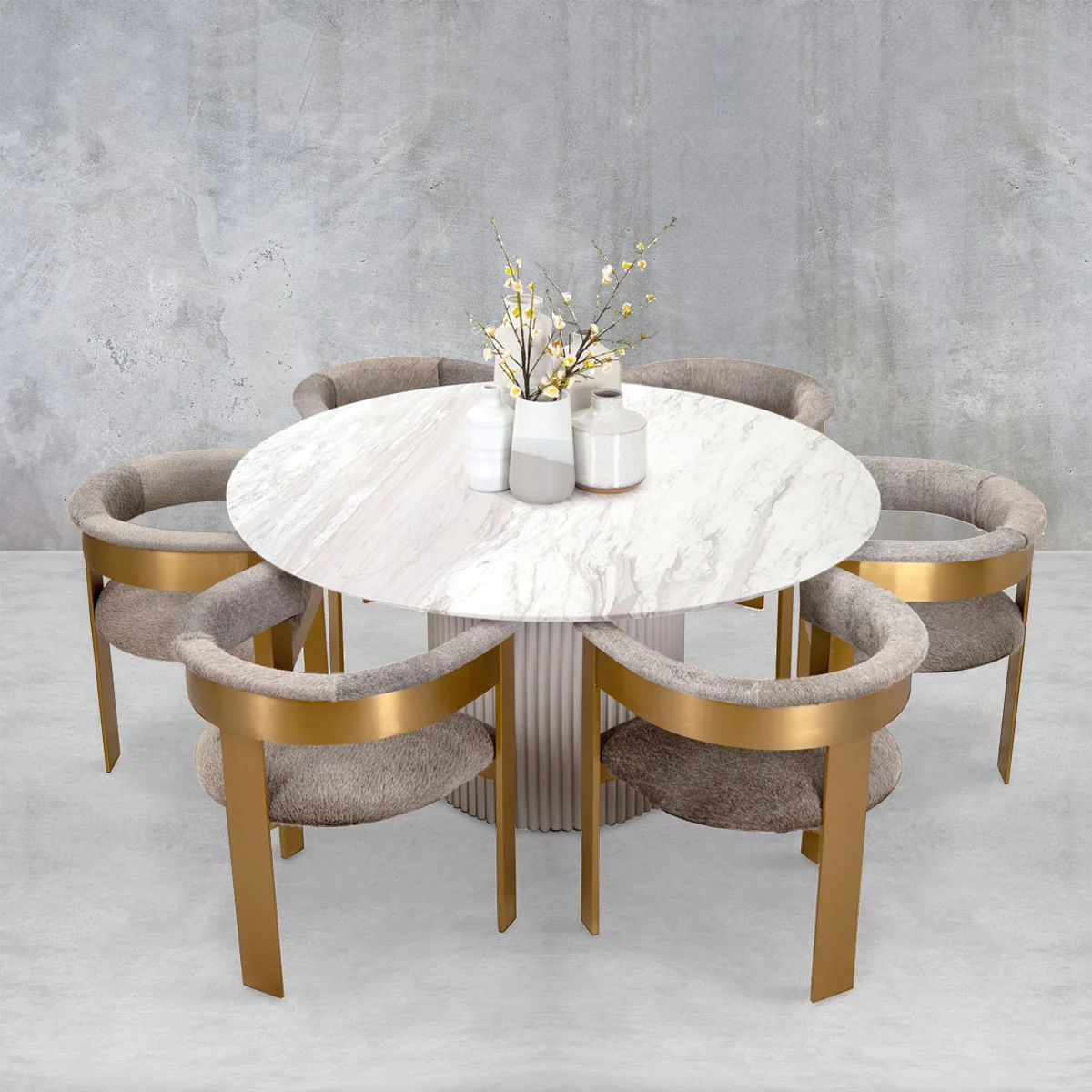

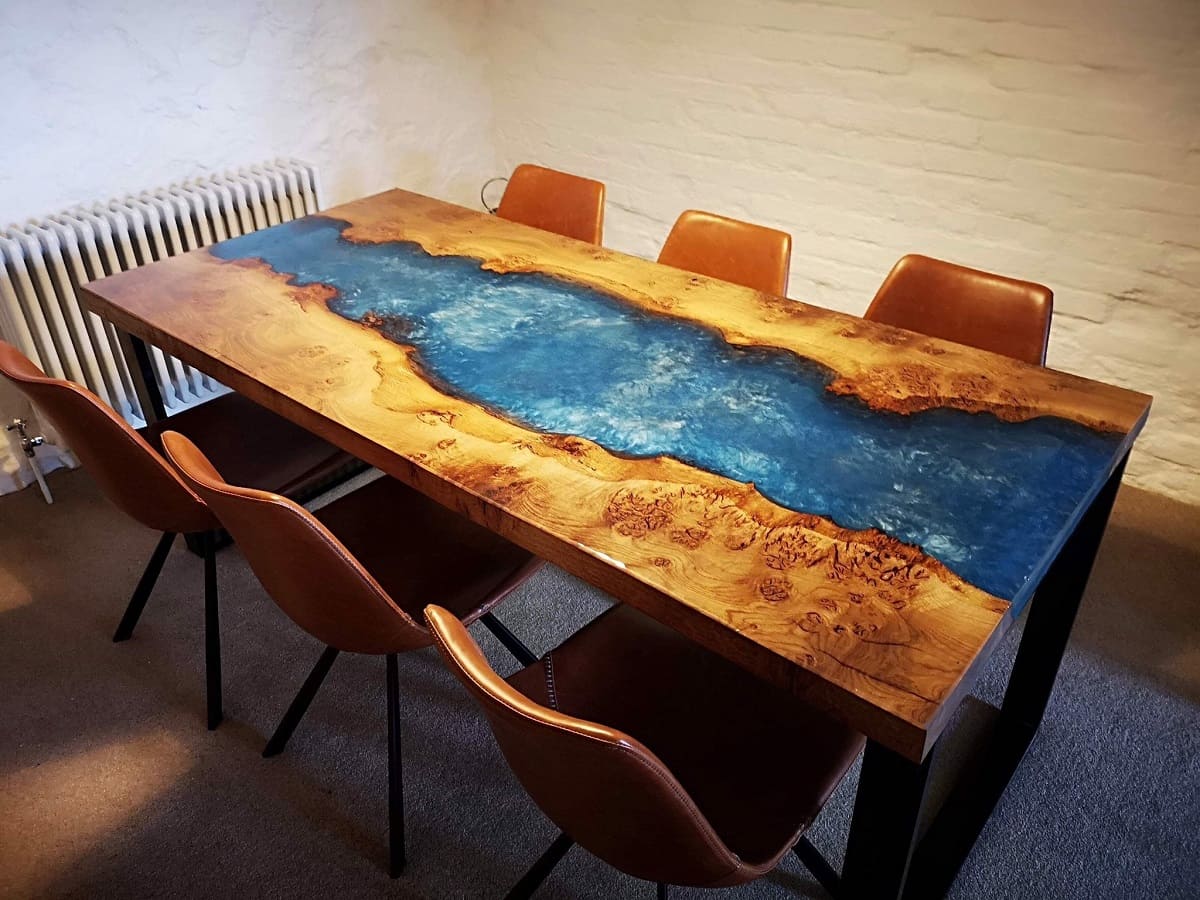
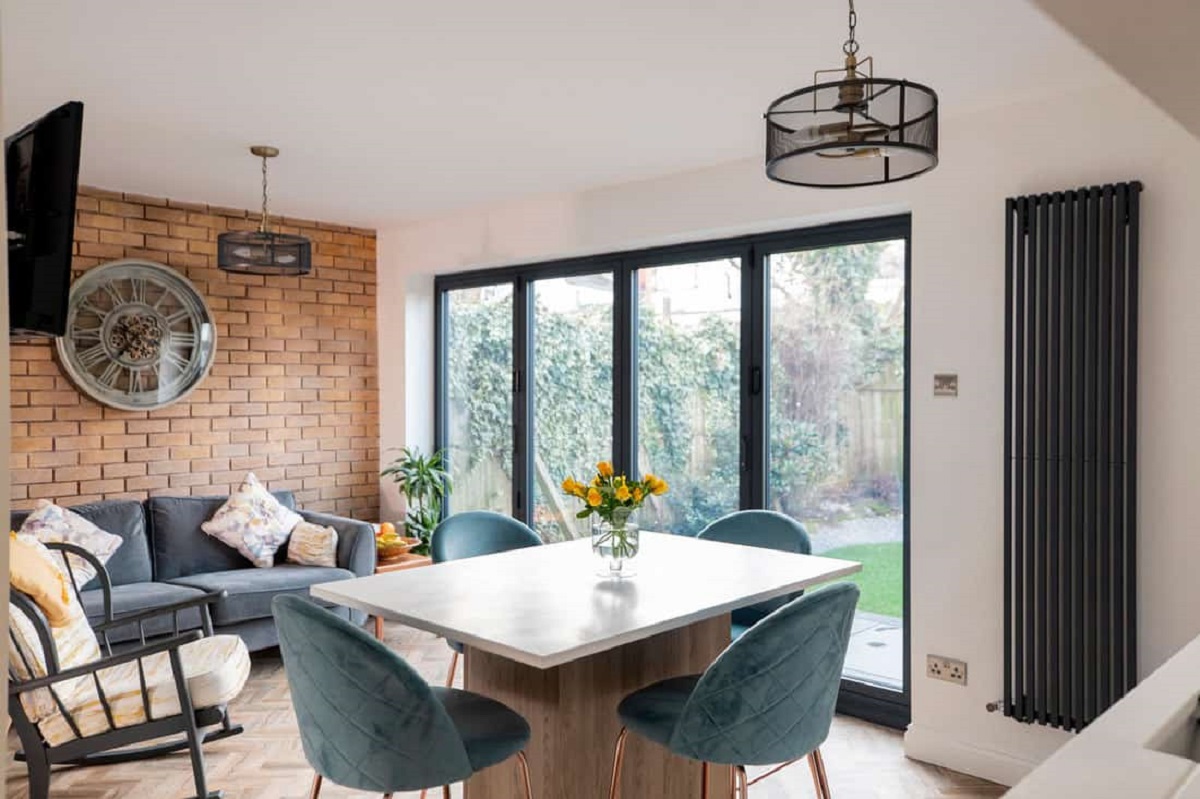
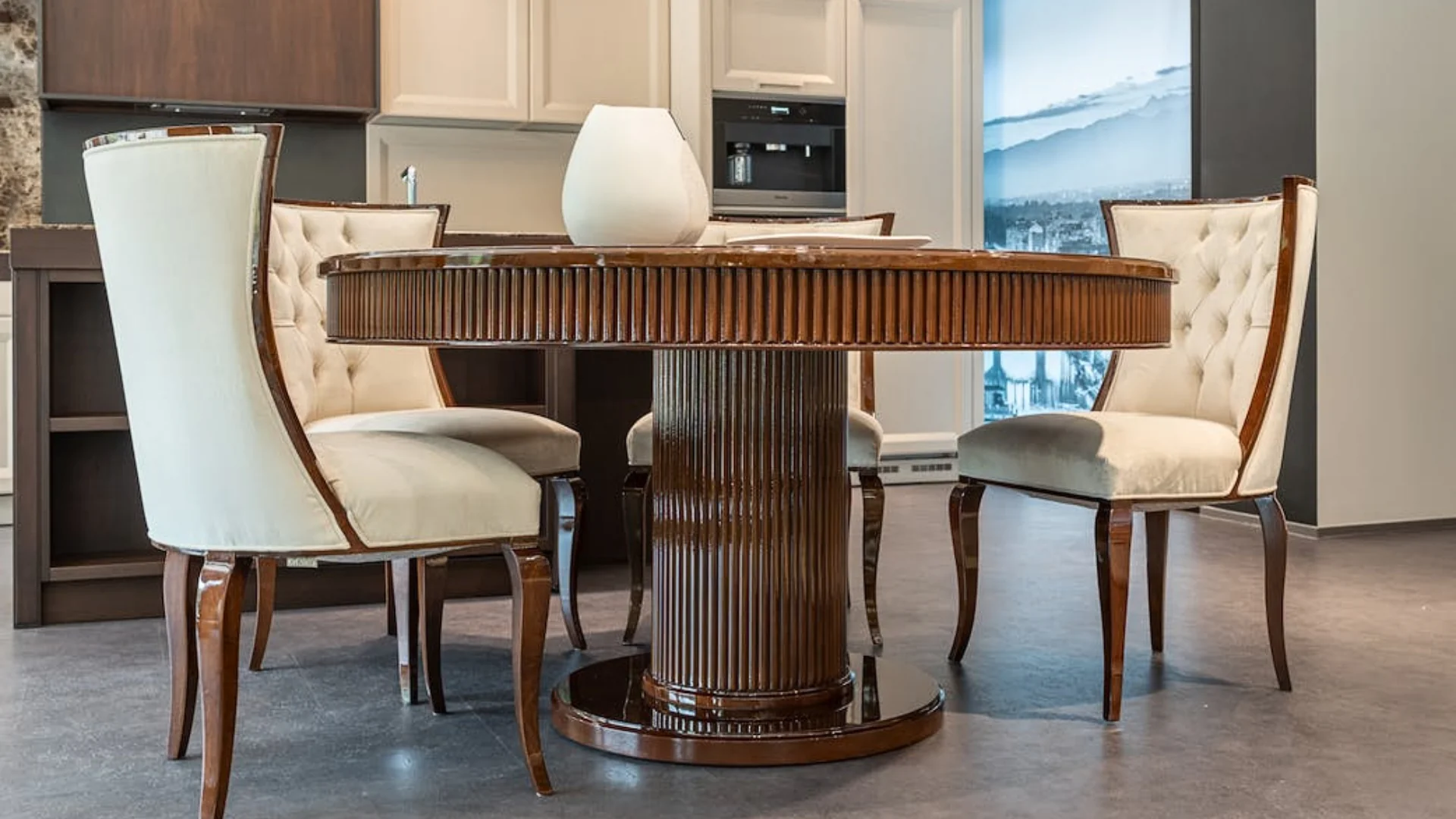
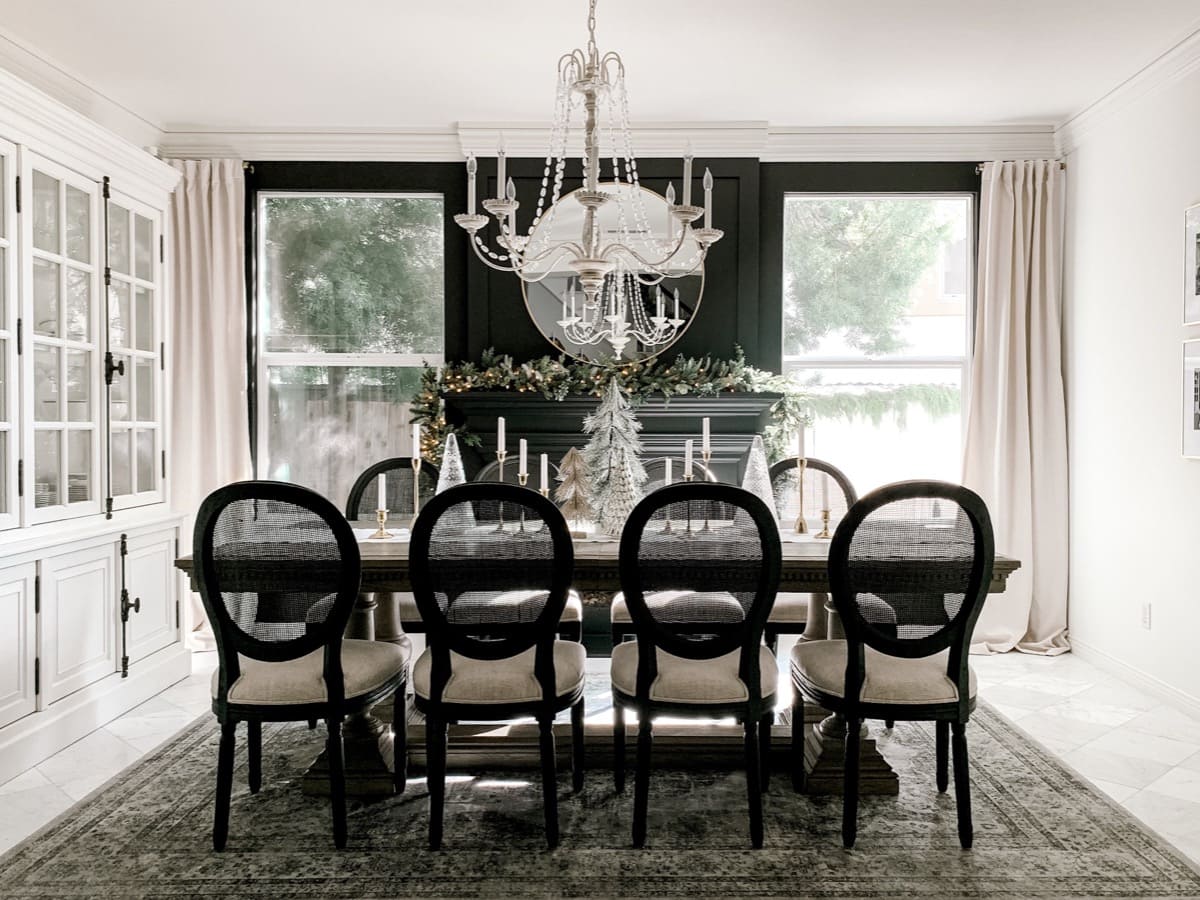
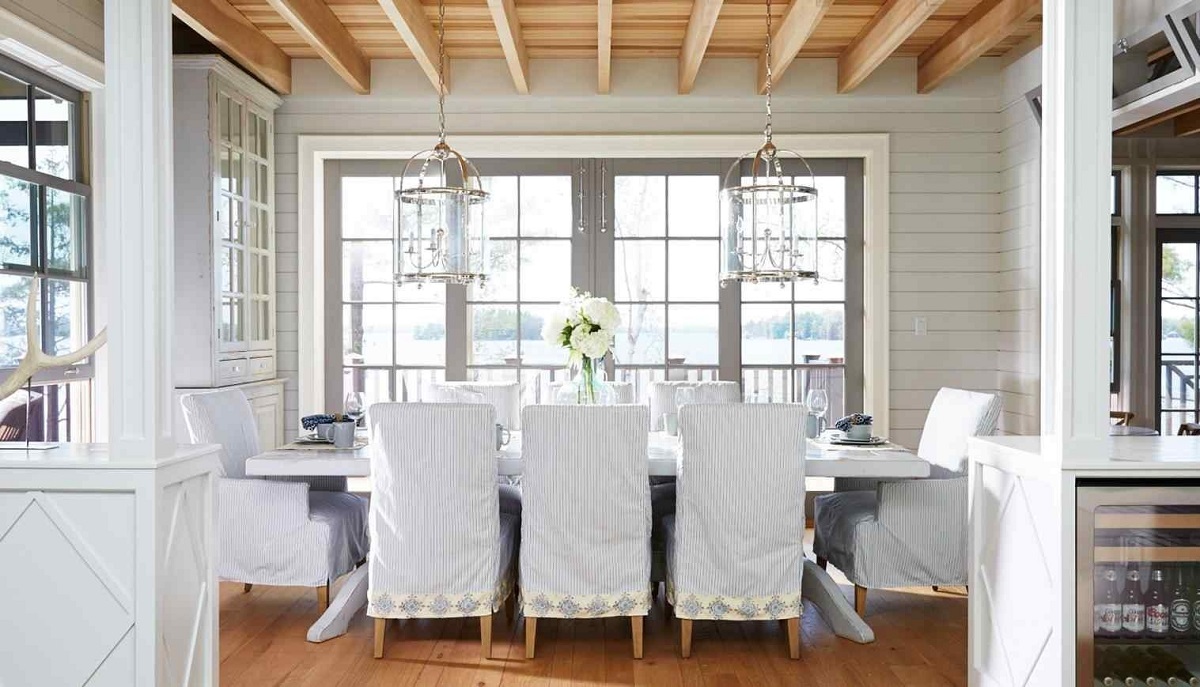
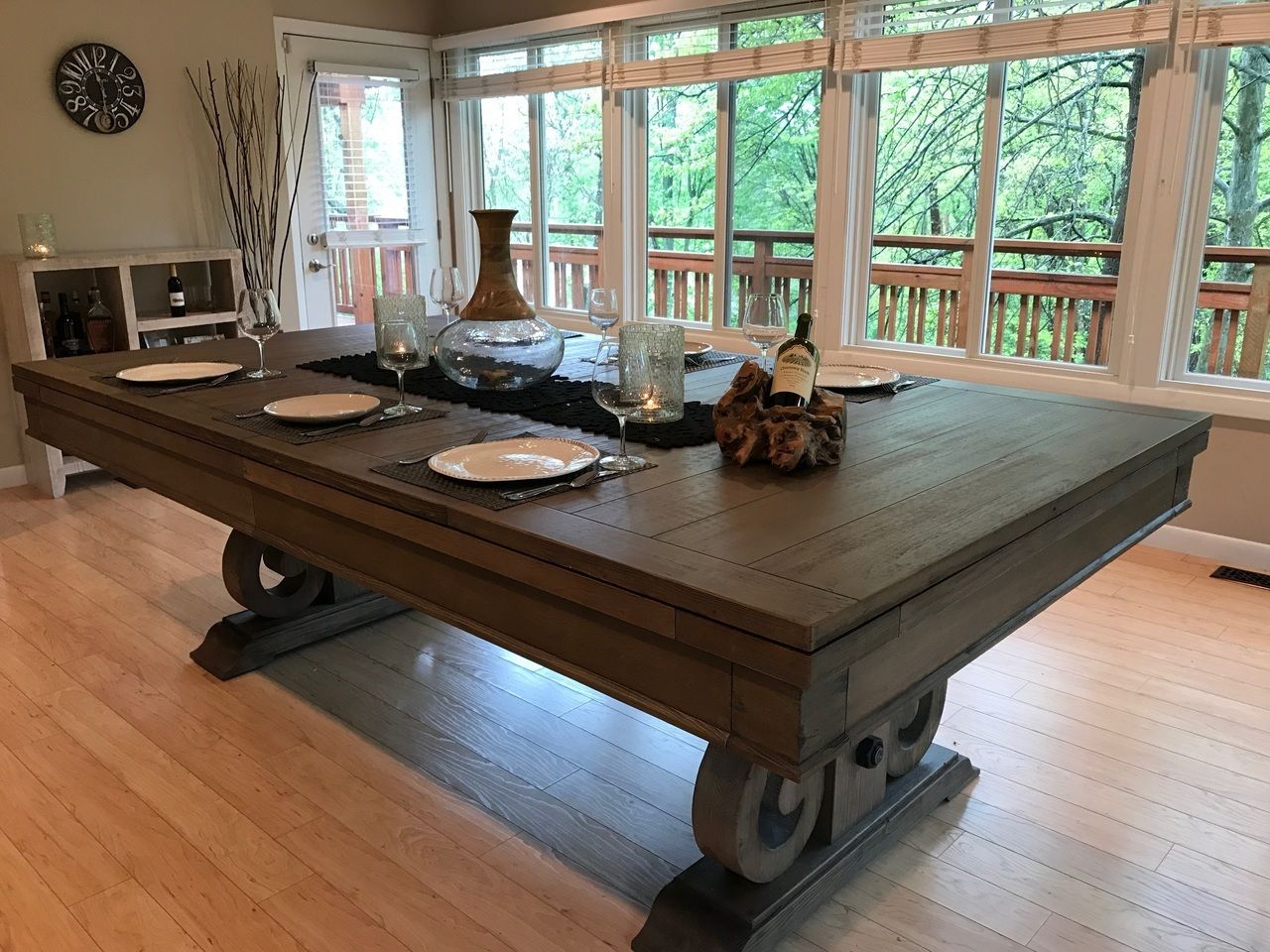
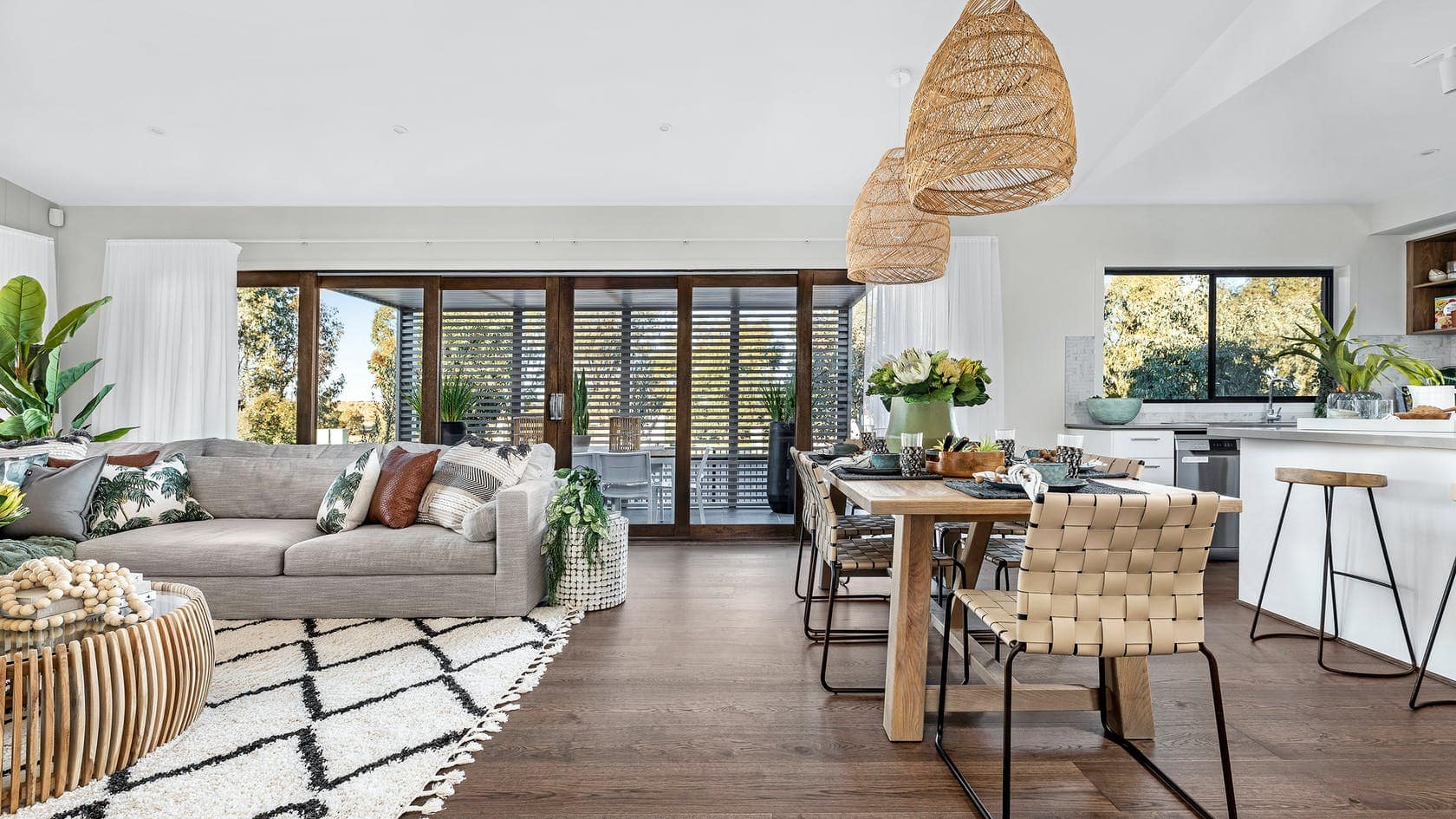
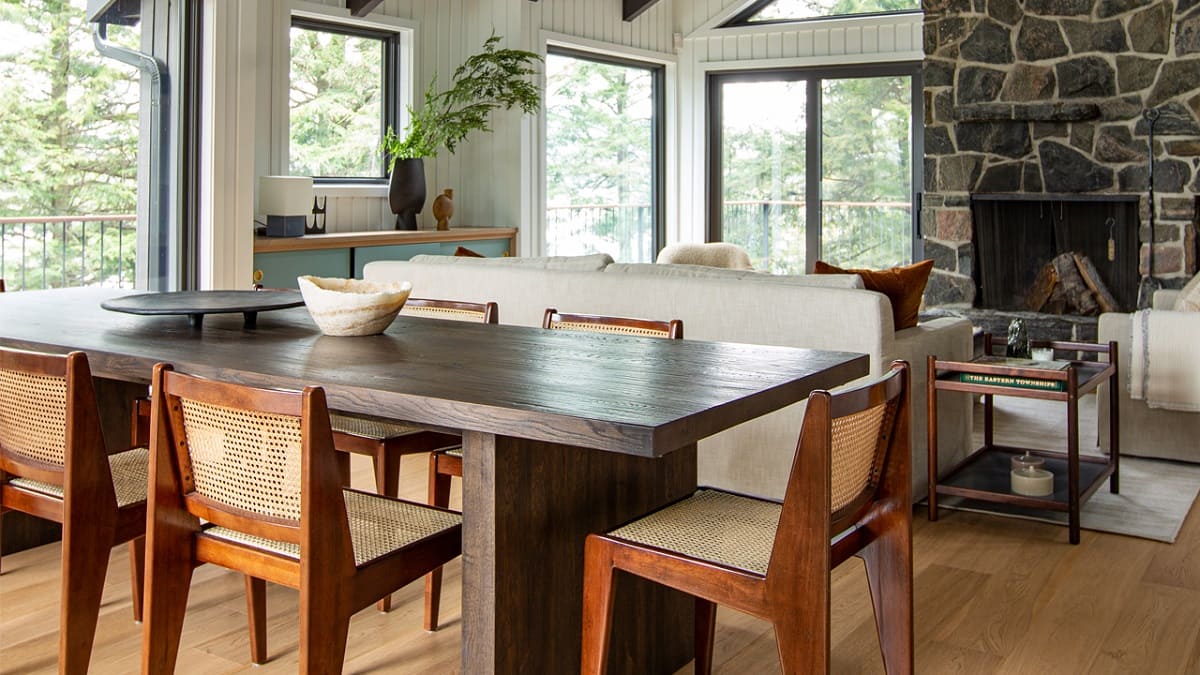
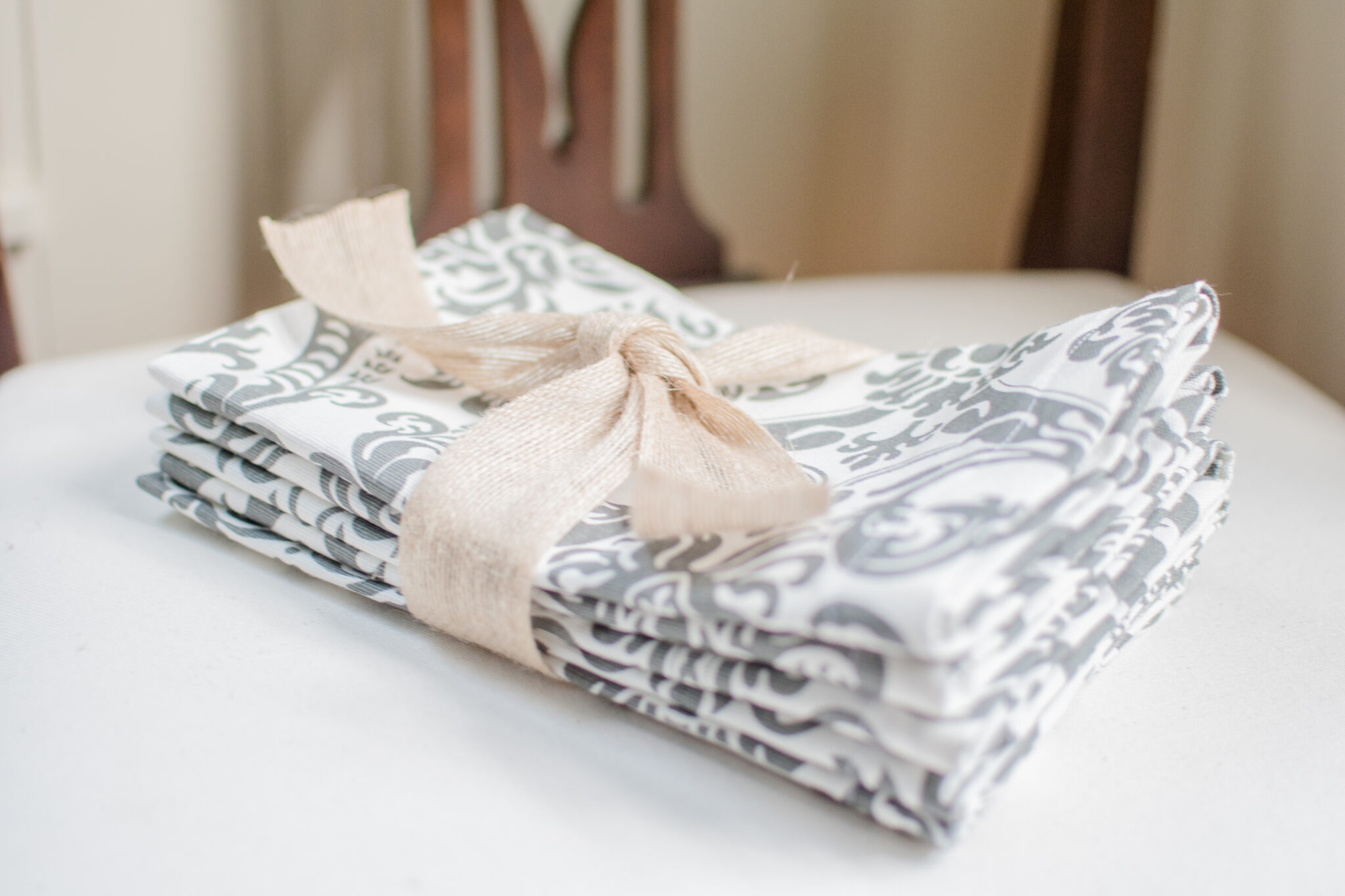
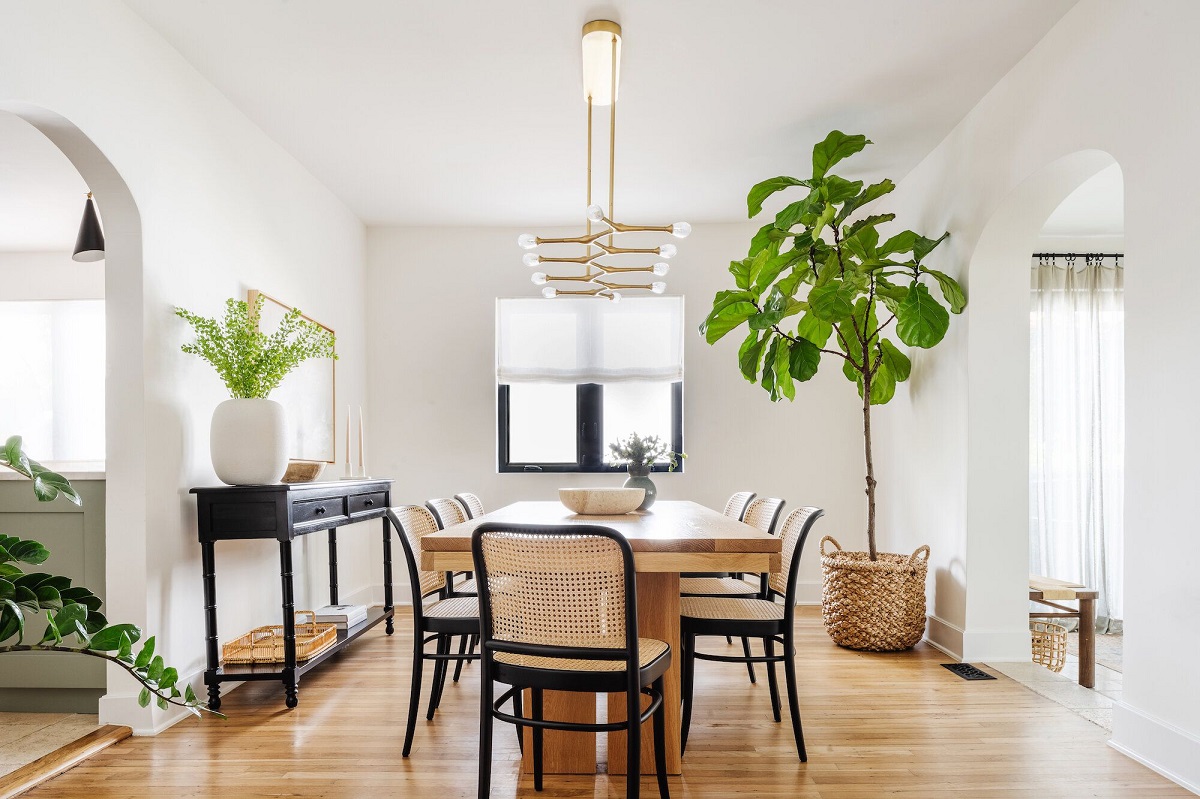
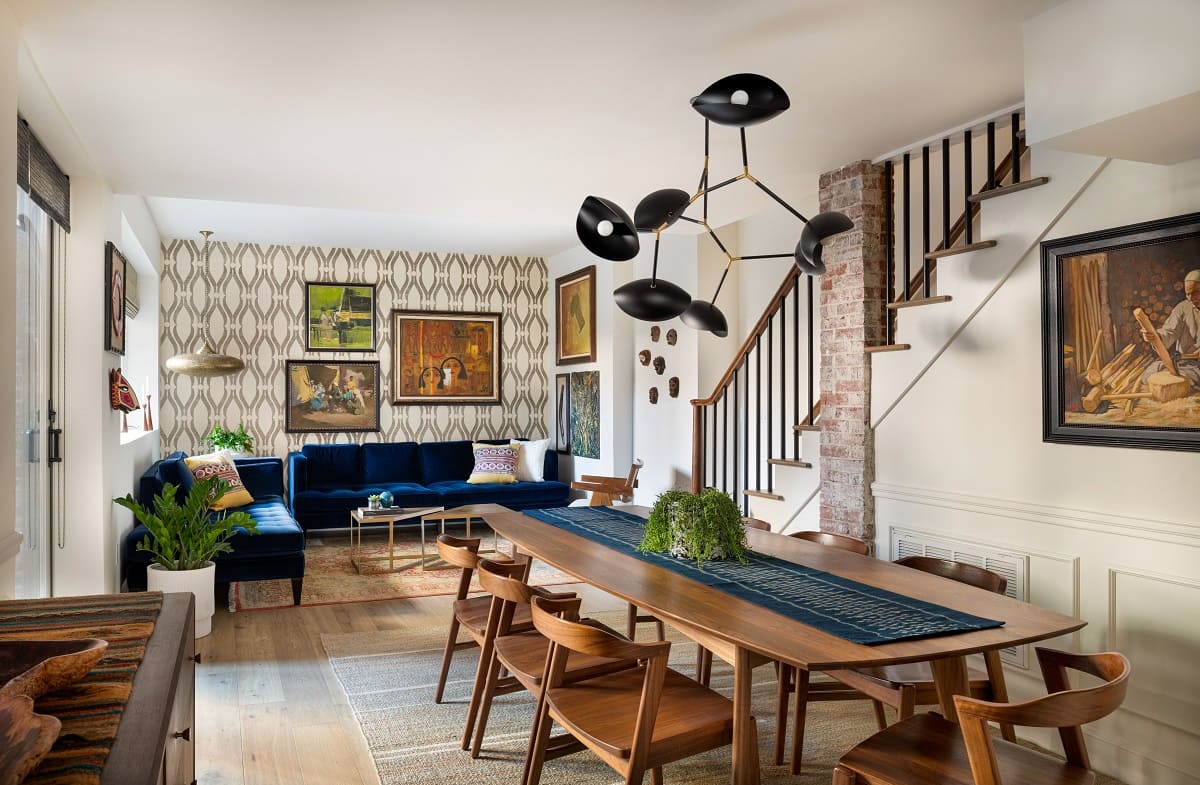
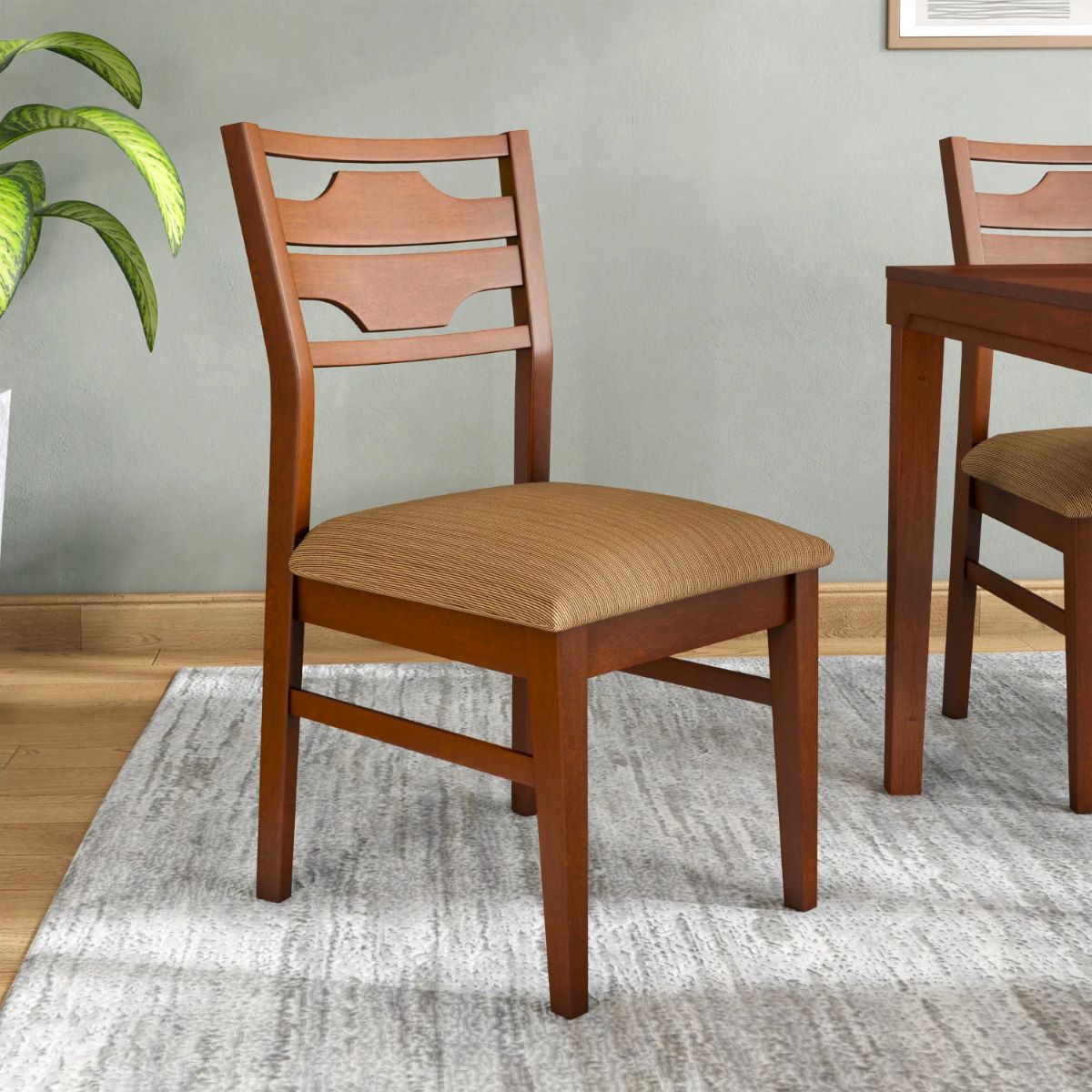

0 thoughts on “How To Make A Live Edge Dining Table”